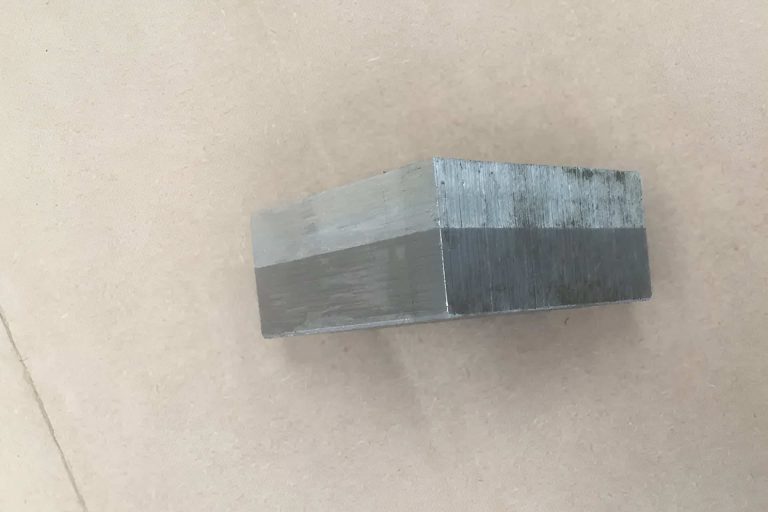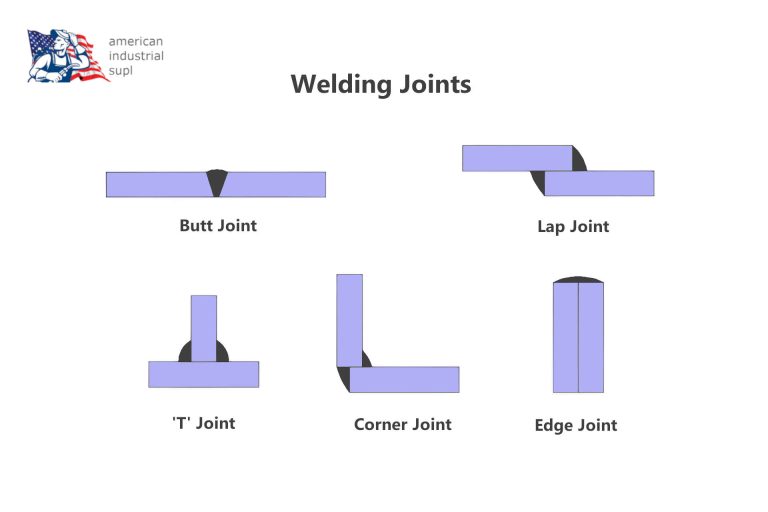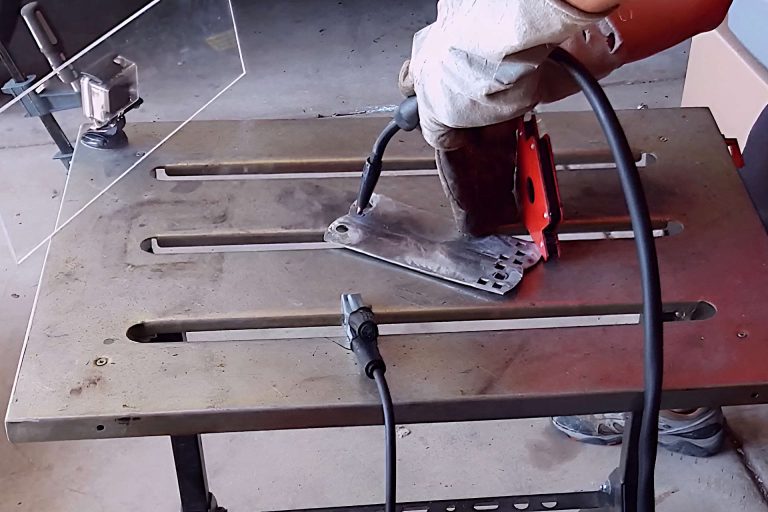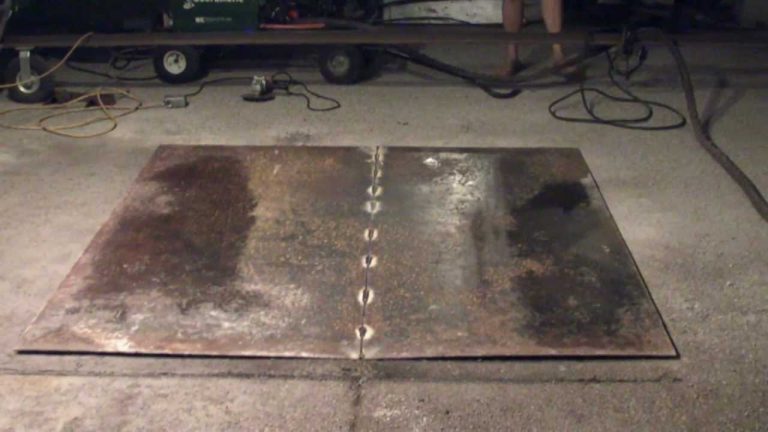The Secret to Welding Steel to Aluminum
Not all metals are easy to weld together. Some metals have different physical and chemical properties that make them incompatible for welding. One of the most challenging combinations of metals to weld is steel and aluminum. Steel and aluminum are very different metals with respect to their melting points, thermal conductivities, expansion coefficients, and solubilities….






